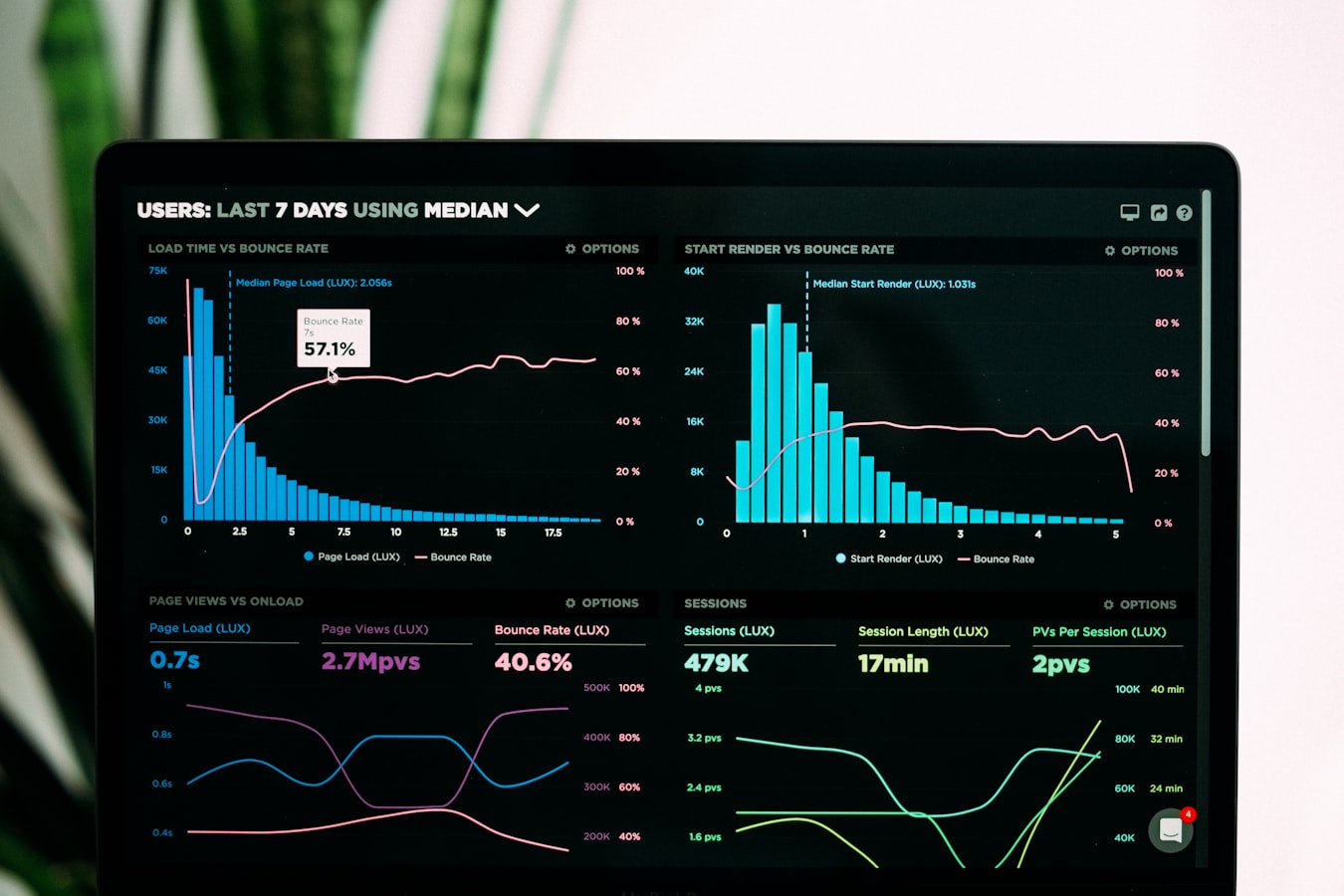
The Problem: Scaling Real-Time Analytics
Our platform, a high-traffic e-commerce website, faced a critical challenge: our real-time analytics pipeline was buckling under the weight of millions of user interactions daily. The existing setup relied on a traditional relational database (PostgreSQL) to log events like page views, cart additions, and purchases. While PostgreSQL excelled at transactional consistency, it struggled with:
- High Latency: Queries for real-time dashboards took seconds to execute, making them useless for live decision-making.
- Write Contention: Concurrent writes during peak hours caused locking issues, slowing down the entire system.
- Storage Bottlenecks: Disk I/O became a limiting factor as the dataset grew.
We needed a solution that could handle:
- Sub-millisecond read/write latency.
- Horizontal scalability to accommodate spikes in traffic.
- A simple way to aggregate and serve real-time metrics.
Why Redis?
After evaluating several technologies (e.g., Apache Kafka, Elasticsearch), we chose Redis for its:
- In-Memory Performance: Data resides in RAM, enabling lightning-fast access.
- Rich Data Structures: Beyond key-value storage, Redis offers sorted sets, hyperloglogs, and streams—perfect for analytics.
- Persistence Options: Despite being in-memory, Redis supports snapshotting and append-only files (AOF) for durability.
Architectural Overview
Here’s how we integrated Redis into our stack:
[Client App] --> [Log Events] --> [Redis Streams]
|
v
[Real-Time Dashboard]
|
v
[Periodic ETL to PostgreSQL for long-term storage]
The Solution: Implementing Redis Streams and Sorted Sets
Step 1: Event Ingestion with Redis Streams
We replaced direct PostgreSQL writes with Redis Streams, a log-like data structure ideal for high-throughput event data.
# Sample Python code to push an event to Redis Stream
import redis
r = redis.Redis(host='localhost', port=6379)
event_data = {
"user_id": "123",
"action": "view_product",
"product_id": "xyz",
"timestamp": "2023-10-01T12:34:56"
}
r.xadd("user_events", event_data)
Advantages:
- Low-latency writes (sub-millisecond).
- Consumers (e.g., analytics workers) can process streams asynchronously.
Step 2: Real-Time Aggregations with Sorted Sets
For dashboards, we used Redis’s sorted sets to maintain leaderboards (e.g., "top viewed products").
# Increment a product's view count in a sorted set
r.zincrby("product_views", 1, "product_xyz")
# Fetch top 10 viewed products
top_products = r.zrevrange("product_views", 0, 9, withscores=True)
Performance Gain:
- Aggregations ran in ~1ms vs. ~500ms with SQL queries.
- Sorted sets automatically handle ranking logic.
Step 3: Hybrid Persistence
To avoid losing data during failures, we:
- Configured Redis AOF (Append-Only File) for durability.
- Ran nightly jobs to archive cold data to PostgreSQL.
Results: From Bottleneck to Breakthrough
- Latency: Dashboard queries dropped from 2s to 10ms.
- Scalability: Handled 10x more concurrent users during Black Friday.
- Developer Experience: Simplified codebase by replacing complex SQL with Redis commands.
Lessons Learned
- Right Tool for the Job: Relational databases aren’t always the answer for real-time workloads.
- Start Small: We piloted Redis for one dashboard before full migration.
- Monitor Memory Usage: In-memory systems require careful capacity planning.
Practical Takeaways for Your Project
- Use Redis When: You need low-latency reads/writes or real-time aggregations.
- Avoid Redis When: You require complex joins or strict ACID transactions.
- Pro Tip: Combine Redis with a durable database (e.g., PostgreSQL) for the best of both worlds.
Conclusion
Redis transformed our real-time analytics from a bottleneck into a competitive advantage. By leveraging its in-memory speed and versatile data structures, we achieved sub-millisecond performance and scalability—all while keeping the solution simple and maintainable.
Next Steps:
- Explore RedisTimeSeries for time-based analytics.
- Experiment with RedisGears for serverless-like processing.
Have you faced similar challenges? Share your experiences in the comments!
This case study is part of our "Tech in Action" series, where we dissect real-world problems and their solutions. Stay tuned for more deep dives!